

- Contact Us
- Search
-
Mayflower400 partner destinations:
10 things you didn't know about Harwich
May 28, 2020
Harwich is is a picturesque harbour town in Essex - and a must-see location for anyone interested in the Mayflower story.
Known to be the UK's second busiest passenger ferry port, Harwich harbour – which is the largest between the Humber, in the north of England, and London – was created by a storm surge in the early 12th century.
Today, you can follow the Maritime Heritage Trail and learn more about its many historic attractions and the stories behind them.
Here are 10 things you may or may not know about Harwich...
1) The Mayflower came from Harwich

It is believed that the Mayflower was actually built in Harwich sometime before the year 1600 and was commanded and part-owned by her master, Captain Christopher Jones.
Records show that Jones sailed the original Mayflower over to Norway, the Mediterranean and France, where he exported woollen cloth and imported wine.
In about 1611, Jones decided to leave the Essex town and moved south to Rotherhithe in London, just a mile downstream on the Thames from the Tower of London.
2) The ship’s captain lived in the town
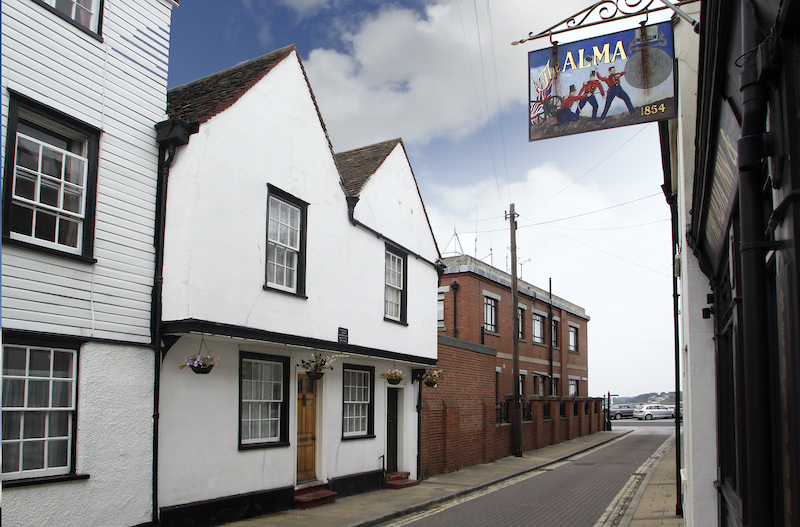
Christopher Jones cemented his place in history as captain of the Mayflower, for without him the Pilgrims would surely not have made it across the Atlantic and survived the fierce storms that brutalised them.
Jones is believed to have been born in Harwich in 1570, and was the son of Christopher Jones Senior, who was also a mariner and ship owner. Jones himself lived in Harwich and was married twice in the Essex port.
Today, you can look around Captain Jones’s former home on King’s Head Street, which has been turned into a tourist attraction as part of the Mayflower 400 commemorations.
3) The town boasts a huge Mayflower sculpture
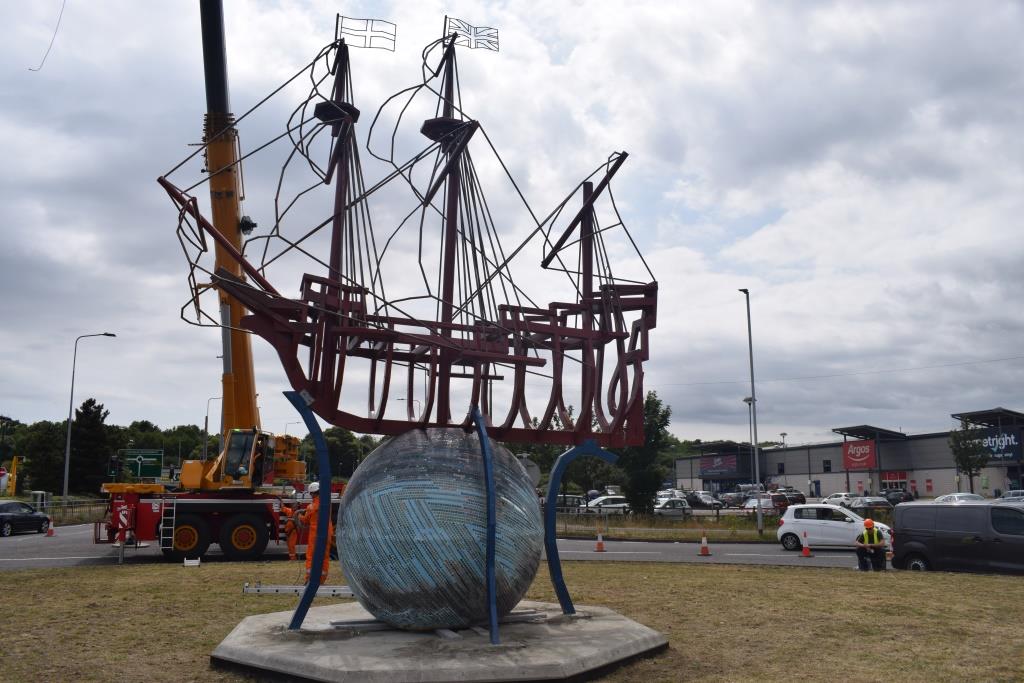
An inspiring sculpture depicting the Mayflower ship now stands proudly in Parkeston - greeting visitors arriving by sea from Harwich International Port.
The piece of public art – which is seven metres high, seven metres long and three metres wide – was commissioned to promote Harwich as one of the key Mayflower 400 destinations.
Designed by artist husband and wife collaborators Hanman Murphy, the aim of the sculpture is to encourage people to 'turn left' to visit the historic town.
Inspiration for the materials came from Daniel Defoe’s early 18th century work, A tour thro' the Whole Island of Great Britain, where locals referred to the spring at nearby Beacon Hill as “turning wood into iron”. This quote now encircles the globe plinth.
4) … and another made of willow
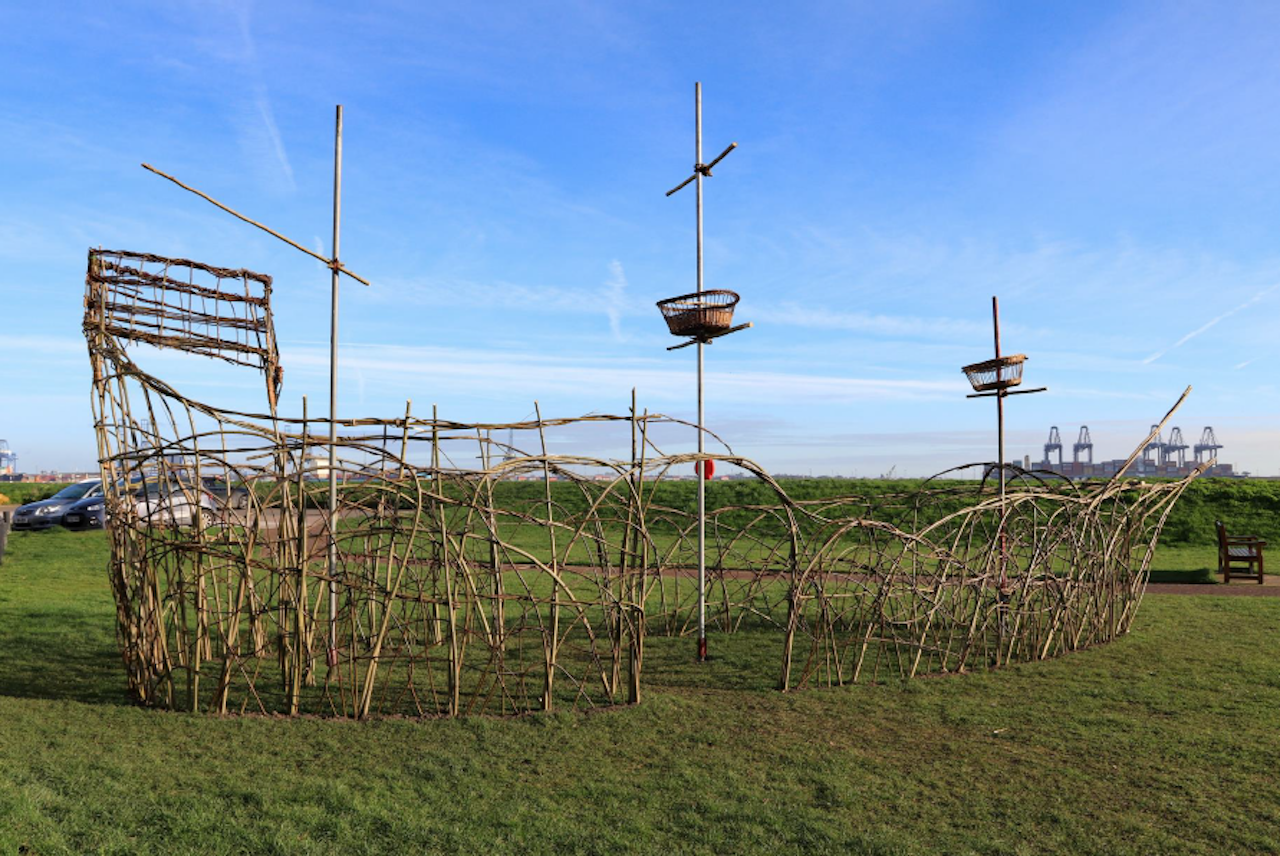
A willow sculpture depicting The Mayflower was planted in Harwich as part of the Mayflower 400 commemorations.
Artists Emma and Adam of Willow Phoenix were commissioned to do the piece at Harwich Green by Tendring District Council.
The artists designed the ship structure, while the local community got involved with planting at a special day supported by the Harwich Society.
Unlike previous willow sculptures in Harwich created by other artists, the Mayflower has been planted meaning it will grow and continue for years to come.
5) Harwich is home to over 100 giant octopuses!

More than a hundred giant painted octopus sculptures are due to be installed in Harwich and the wider Essex area this summer as part of an exciting Mayflower 400 programme*.
From 4 July to 12 September, Octopus Ahoy! will see parks and open spaces taken over by 30 large 4ft figures and 70 smaller 2ft creations - all designed and painted by local professional artists and schoolchildren.
The Octopus Ahoy! trail will run for 10 weeks, before the large sculptures are auctioned off at Le Talbooth in Dedham, with all proceeds going to Essex charities.
The project, in partnership with Tendring District Council and the Harwich Tourism Group, is being created and delivered on behalf of Mayflower 400 by KAT Marketing.
* Subject to change
6) Harwich has one of the UK's only surviving wooden, working piers
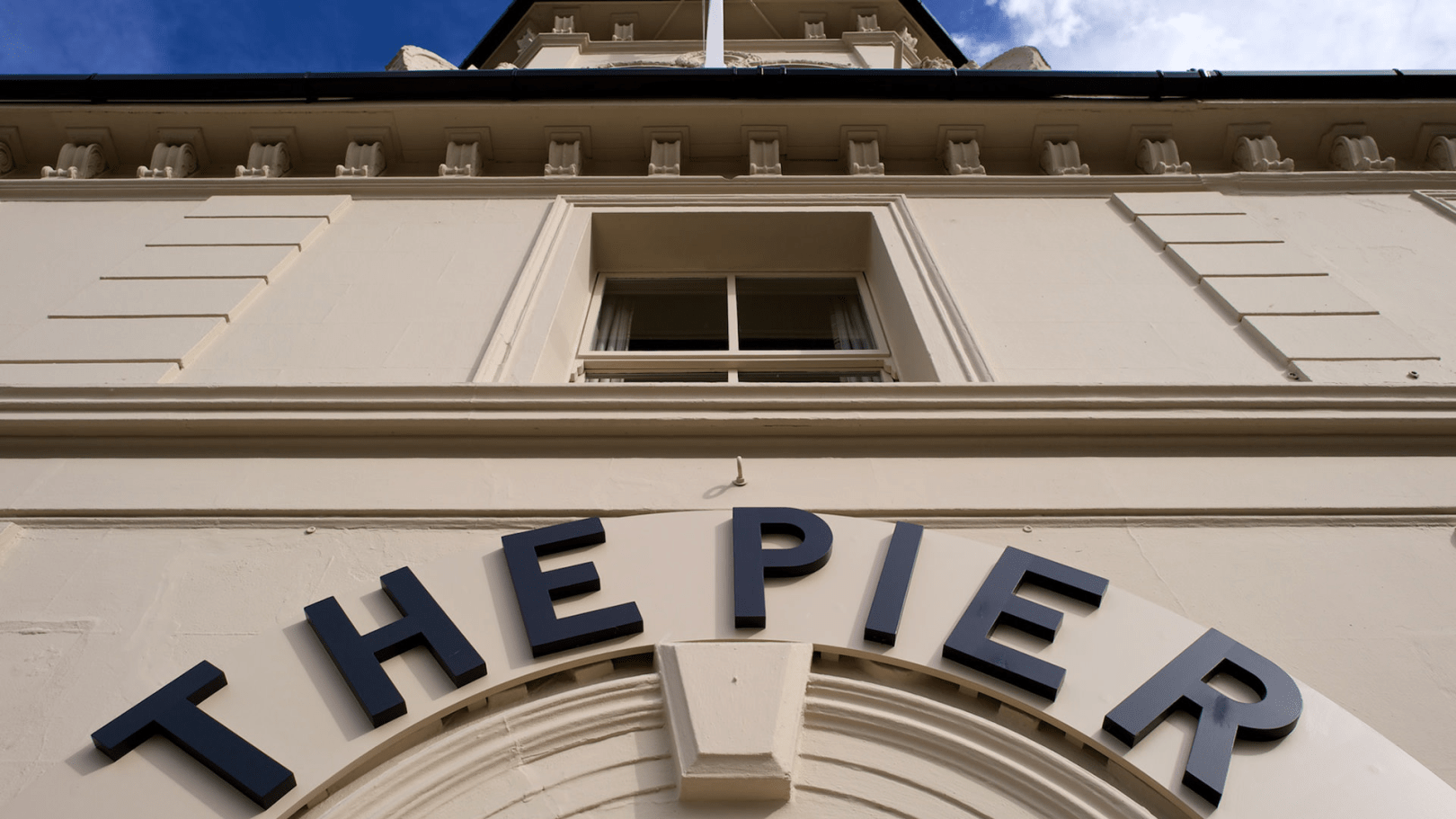
Constructed in 1853, Ha’penny Pier was a popular departure point for paddle steamers until the First World War.
The name of the pier originates from the ½d (half an old penny) toll that was charged, and today it attracts thousands of visitors to Harwich each year.
The charming and typically 19th century ticket office is home to the local historical society, while the Visitor Centre is open daily from 1 May to 30 September and free guided tours of Old Harwich run every Wednesday and Saturday in the summer.
7) … and one of the country’s oldest purpose-built cinemas

Situated just five minutes’ walk from Harwich Town railway station, the Electric Palace Theatre is one of the oldest purpose-built cinemas still standing today.
Take a step back in time as you walk through the ornamental frontage to its silent screen, together with the original projection room.
Following the passing of the Cinematography Act in 1909 by Parliament, The Electric Palace was one of the earliest purpose-made cinemas in the country. Situated in the basement is a former gas-powered generator engine with a 7ft fly wheel.
Once listed as a building of sociological interest, it is now a Grade II Listed building and it welcomes visitors through its doors as a community cinema showing films every weekend and special live and music events. It also has local actor Clive Owen as its patron!
8) One Harwich hotel has a Mayflower-themed menu
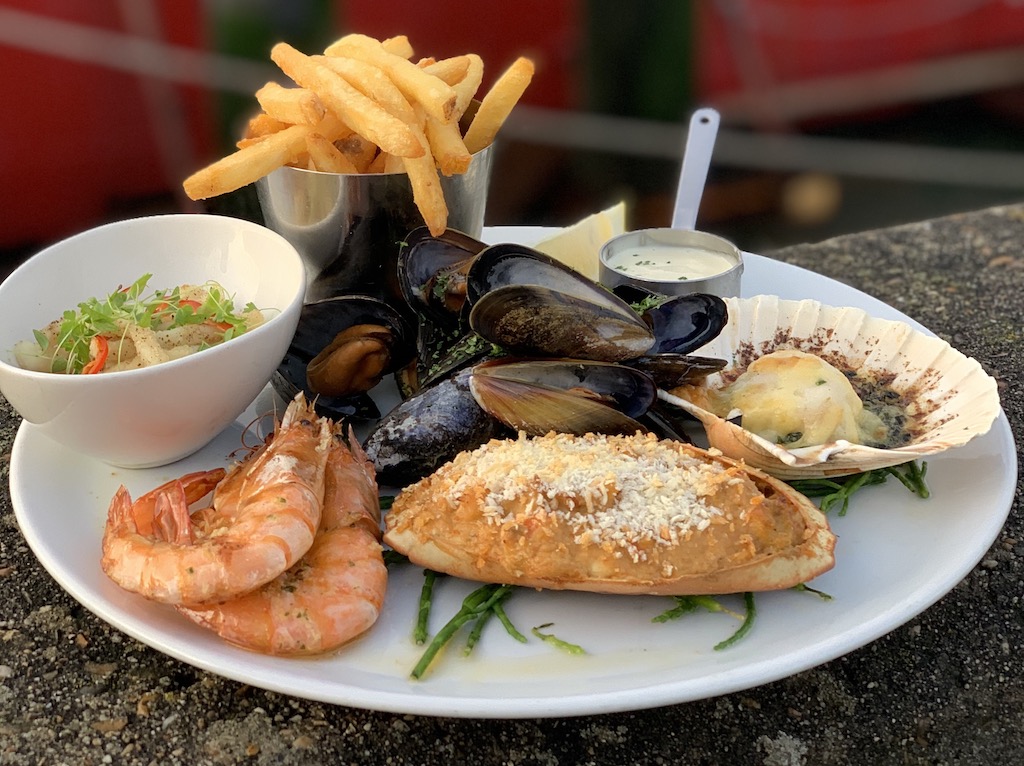
To honour the Essex town’s proud association with the historic voyage, The Pier at Harwich launched an exclusive Mayflower 1620 Menu for 2020, together with an special overnight offer for people wanting to stay at this wonderful hotel.
The Pier has long been a special destination for lovers of fabulous food and drink. Its first-floor restaurant overlooks the harbour, ships and working docks and is only a stone’s throw from the estuary where fresh fish is landed daily.
The Mayflower 1620 Menu features a selection of stunning local seafood, superb steak and wonderful wine, all designed to tickle your taste buds!
The Baked Seafood Platter includes Harwich Crab Thermidor, Baked Scallop Rockafeller, garlic king prawns, mussels, crispy squid and skinny fries, while the succulent 300g sirloin steak is served with skinny fries, field mushroom, baby gem with parmesan dressing and crispy onions, together with a choice of peppercorn or Bearnaise sauce.
9) You can follow in the Pilgrims’ footsteps
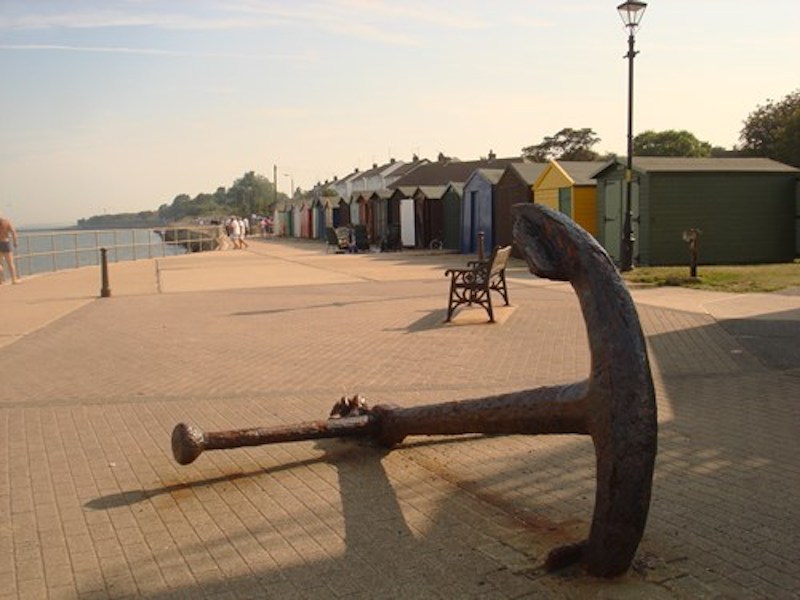
Harwich’s visitor trails highlight the town’s Mayflower heritage, set against the beautiful backdrop of the River Stour.
They incorporate wider attractions such as the Redoubt Fort, which hosts activities through the summer months including ghost hunts, beer festivals and battle re-enactments.
Further afield, you should also pay a visit to the popular Essex town of Billericay, where you can find a blue plaque dedicated to Christopher Martin – an influential Pilgrim and one of the signatories on the Mayflower Compact.
10) … and learn more about them
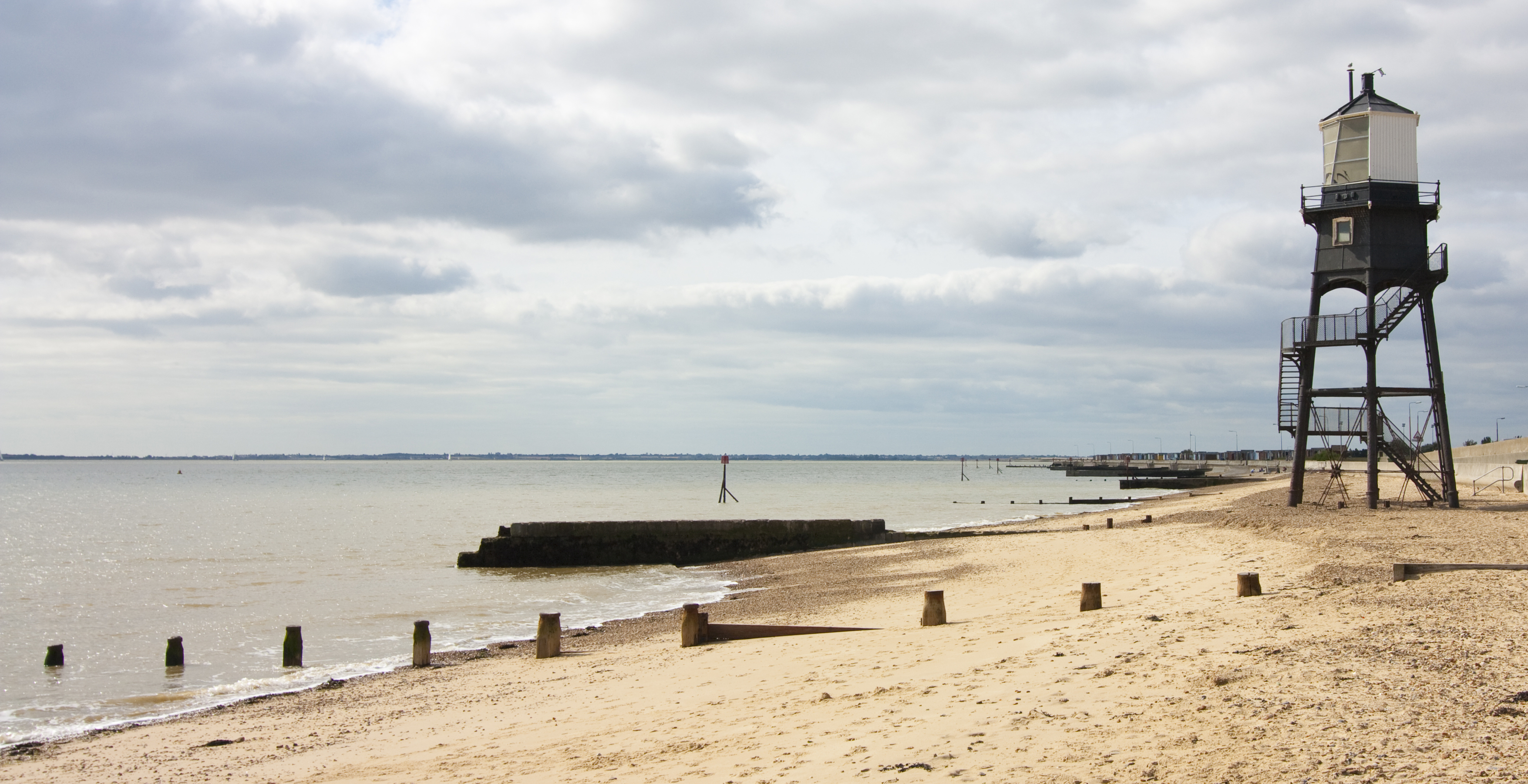
Harwich hosted a number of fantastic events and activities during the Mayflower 400 commemoration year.
Find out more about Harwich’s Mayflower programme here.
Sign up for the latest Mayflower 400 news
You'll be the first to hear the latest Mayflower news, events, and more.
Log In
Register
Mayflower 400 Proudly Supported by our National Sponsors and Funding Partners






